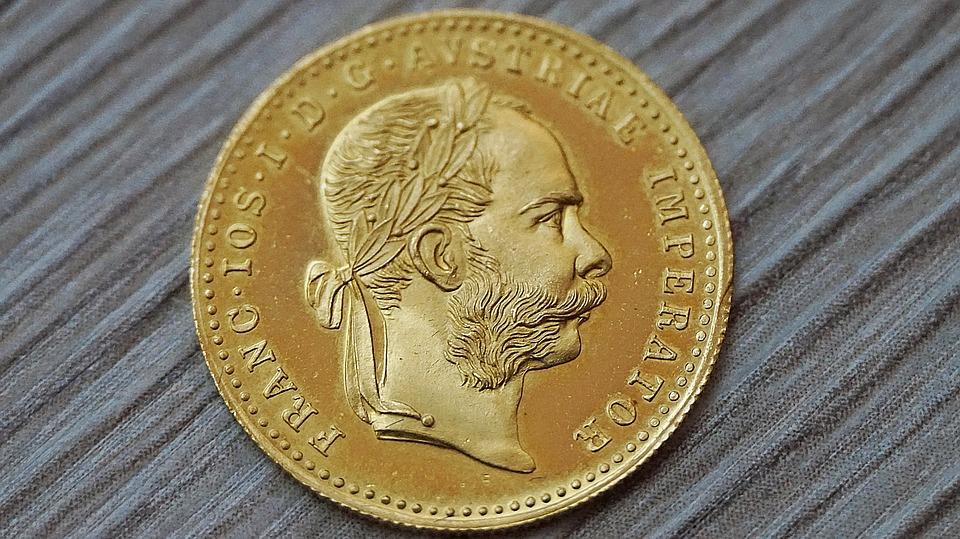The Fascinating World of Toned Coins: A Guide for Beginners

The Fascinating World of Toned Coins: A Guide for Beginners
For many numismatists, collecting and preserving coins is a lifelong passion. Among the vast array of coins available, one type of coin that has gained significant attention in recent years is the toned coin. In this article, we’ll delve into the world of toned coins, exploring what they are, why they’re so appealing, and some tips for beginners to get started.
What are Toned Coins?
A toned coin is a coin that has undergone a chemical or natural process that changed its original appearance over time. Toning can occur due to environmental factors, such as exposure to air, water, or chemicals, which can affect the coin’s surface. This process can result in a range of colors, from subtle patinas to vibrant hues.
Types of Toning
There are several types of toning, including:
- Patina: A thin, even layer of corrosion or rust that forms on the surface of a coin, often caused by exposure to air or moisture.
- Corrosion: A more intense form of patina, resulting in a thicker, darker deposit.
- Honey-toning: A warm, golden or yellow discoloration, often caused by the presence of copper oxide.
- Tea-toning: A bluish or greenish discoloration, typically resulting from the presence of verdigris, a copper compound.
- Copper-toning: A reddish or orange tint, often caused by the natural oxidation of copper.
Why are Toned Coins So Appealing?
Toned coins have become increasingly popular among collectors due to their unique, one-of-a-kind characteristics. Here are some reasons why:
- Aesthetics: Toned coins often display a range of colors, creating a visually striking appearance that’s unlike other coins.
- Rarity: Due to the natural processes that cause toning, few coins develop this level of patina, making them rare and highly sought after.
- Storytelling: Toned coins often hold a rich history, with the toning process reflecting the coin’s journey from its minting to its current state.
- Condition: Toned coins can be significantly more valuable than theiruntreated counterparts, particularly if the toning is rare or well-preserved.
Getting Started with Toned Coins
If you’re new to the world of toned coins, here are some tips to get you started:
- Learn about coin authenticity: Understand the basics of coin authentication to ensure you’re buying genuine, not counterfeited, coins.
- Research toning: Study the different types of toning, their causes, and how to identify them.
- Start with common coins: Begin with coins that are more likely to develop toning, such as copper-plated or silver coins.
- Handle with care: Toned coins are delicate and require gentle handling to preserve their condition.
- Store properly: Store your toned coins in a cool, dry, and dark environment to slow down the toning process.
Conclusion
The world of toned coins is a fascinating and ever-evolving realm, offering a unique opportunity for collectors to own a piece of history. By understanding the basics of toning, its causes, and the appeal of these coins, beginners can start their journey into the world of toned coins. Remember to handle with care, store properly, and enjoy the journey as you discover the beauty and rarity of these one-of-a-kind coins.







